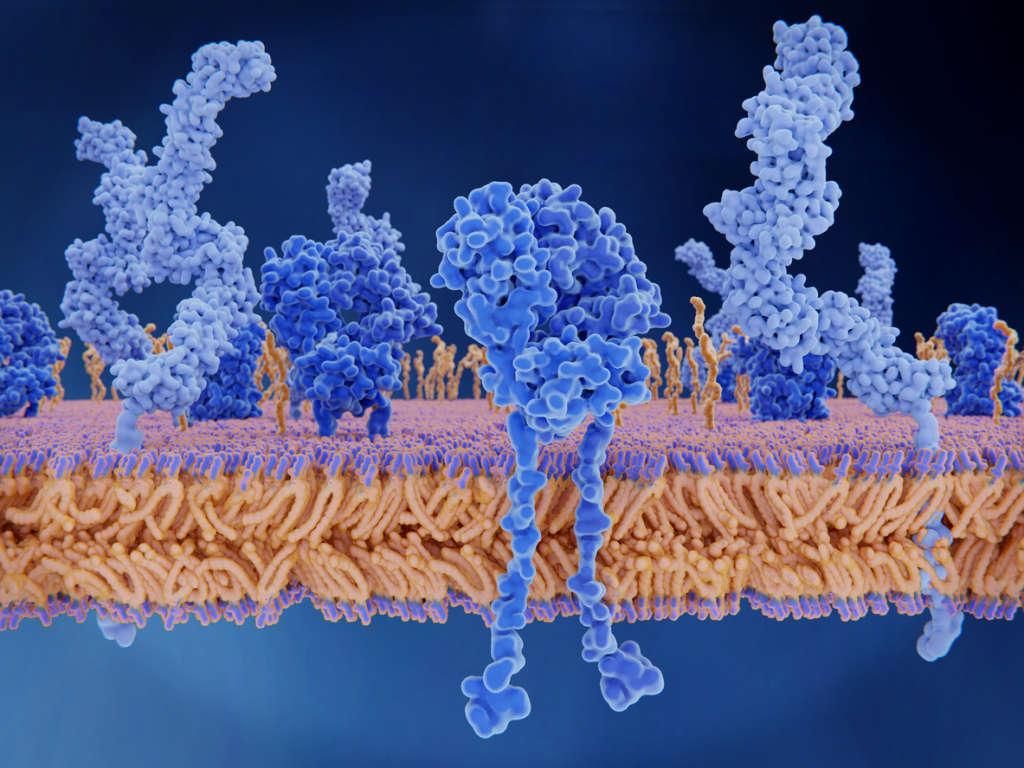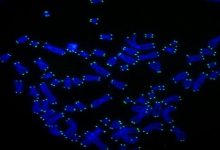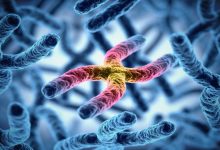
Cells require specific protein on their surface for cell movement in absence of which cells can’t move normally, UConn scientists report in Science Signaling. The latest study could give understanding into how cells move and fix wounds in ordinary tissue, it can also provide insights into how cancer spreads through the body.
Cells are the body’s workers, and they usually need to travel around to perform their functions. Frequently, a cell will move through a tissue – say, the wall of a blood vessel – the way a rock climber scales a cliff, using a protein called integrin to grab onto a spot and pull itself in that direction. When the cell moves forth, it releases the integrin grip at its rear and brings it inside itself for reusing to the front, where it is then recovered to make a new grip and move in forward direction.
This type of movement is critical during cancer cells spread, splitting away from the primary tumor and spreading through the rest of the body. Cancer cells uses integrin to crawl through a tissue until they reach a blood vessel they can use to travel long distances. Disabling the integrin mode of movement might be one way of restricting cancer from spreading.
UConn Health vascular biologists Mallika Ghosh and Linda Shapiro wondered how a common protein found in a cell’s skin, called the cell membrane, affected this type of movement. The protein, called CD13, spikes through the cell’s membrane, with one end interacting with the inside of the cell and the other with the outside world. CD13 has many different functions, including binding a cell in place and helping cells communicate with each other.
To test CD13’s role in cellular movement, Ghosh, Shapiro, and their colleagues first investigated on mouse fibroblasts, a type of cell that makes the scaffolding that holds tissues and organs together. They added the fibroblasts to Petri dishes filled with fibronectin, a material found outside of the cell that integrin grasps. Integrin, remember, is the protein that cells use to grab on and drag themselves through a tissue. Some of the fibroblasts were normal; others had had the gene for CD13 knocked out.
The scientists found that typical fibroblasts could travel through the petri dish utilizing their integrins with no inconvenience, however, CD13 knock-out fibroblasts couldn’t move by any stretch at all.
To investigate in depth scientists stained the cell nucleus blue and the integrin on the cell surface green and watched to see what occurs. The typical fibroblasts pulled all their integrin inside, and after around two hours for recycling, it returned on the surface of fibroblast. The CD13 knock-out fibroblasts also pulled all their integrin inside following two hours, however, the integrin never returned on the surface.
They attempted a similar analysis with human cervical cancer cells and got a similar outcome. What appeared to happen is that CD13 acts as a facilitator, assembling the freshly recycled integrin and other vital proteins at the cell membrane so it’s prepared to be pushed out when the cell needs to move.
“Without CD13, the integrins go inside and don’t come back out,” Shapiro says.
The details of how CD13 gathers the integrin in the right place involves the assembly of the cell’s recycling machinery by the part of CD13 that extends inside of the cell in response to signals detected by the segment of CD13 that protrudes outside.
“And all these steps are critical for the cells to process information from the outside environment and move forward,” Ghosh says.
The researchers are now exploring different versions of integrin proteins and various binding materials such as collagen and laminin, to see if CD13 plays the same role in cell movement in tissues that use those proteins for structure.






